
This field of science tries to encompass all potential causes, not just one principal one
Ed Kane, PhD, is a researcher and consultant in animal nutrition. He is an author and editor on nutrition, physiology and veterinary medicine with a background in horses, pets and livestock. Kane is based in Seattle.

This field of science tries to encompass all potential causes, not just one principal one
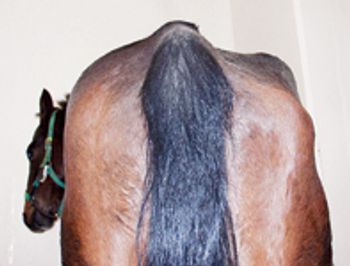
Early identification is key in this widespread neurologic disease.
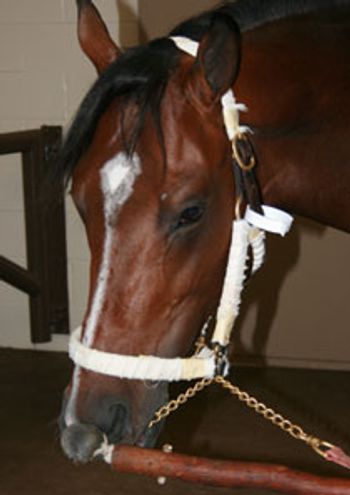
Hey veterinary equine technicians, do you know how to properly use a twitch on your patients? Learn from the equine experts.

The summit focused on exercise-induced pulmonary hemorrhage and the use of furosemide in race horses.

Caring for those affected by the disease that caused champion Uncle Mo to be scratched from the Derby.
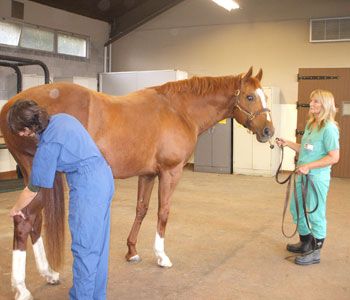
Veterinary equine technicians: Follow these tips to keep yourself-and your team-from getting stepped on, stomped on, or kicked.
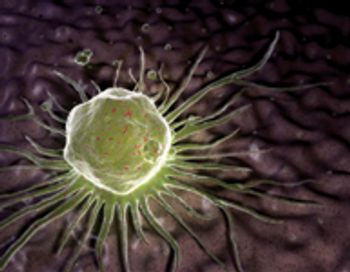
Veterinarians, physicians and PhDs are forming at the University of California-Davis to conduct basic research, develop clinical applications and conduct clinical trials in regenerative medicine that will yield great benefits in animal and human health.

Proposed new federal legislation call for the elimination of race-day drug usage in Thoroughbred horses.

What should practitioners consider when evaluating and recommending nutritional supplements for equine patients?

John Cheetham, VetMB, Dipl. ACVS, Department of Clinical Sciences, Cornell University College of Veterinary Medicine, has recently received a grant from the Grayson-Jockey Club Research Foundation to study recurrent laryngeal neuropathy in horses.

Radiation was first used on horses in 1906. Today, finer, more sophisticated therapeutic techniques, procedures and equipment can be used to treat the relatively uncommon tumors in horses.
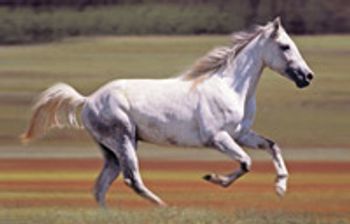
While this document does not address equipment such as syringes, needles and radiographic units, it does focus on devices marketed in the liquid form, for use exclusively within veterinary medicine.

This revolutionary identification system may be coming soon to a horse paddock near you

Although it might seem logical that geriatric horses would show decreased survival rates compared with younger, mature horses, recent studies show this may not be the case.
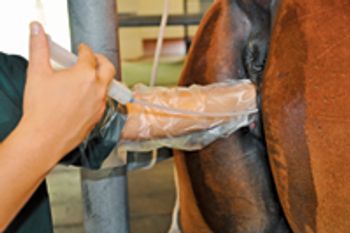
This breeding technique can help with both mare and stallion management.
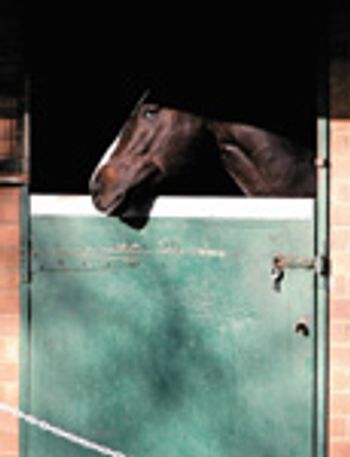
The AAEP Clinical Guidelines for Veterinarians Practicing in a Pari-Mutuel Environment are designed as an evolving document to recommend various veterinary procedures "to put the health and safety of racing horses first."

Several veterinarians voice their opinions on the new dosing rules

Could this common fracture eventually be a thing of the past?
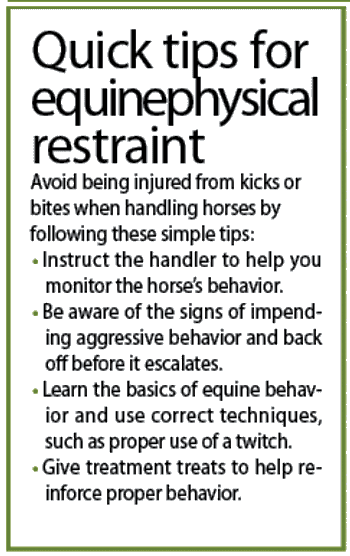
Stay safe with these restraint tips for working around ill or injured horses.
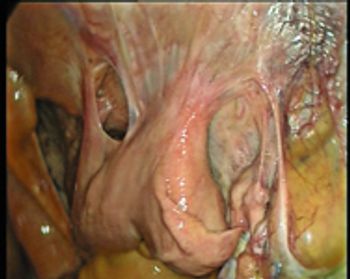
Uteropexy can help mares that develop post-mating endometritis.

Each of these promising veterinary students attributes a personal passion for equine medicine to an early association with horses.
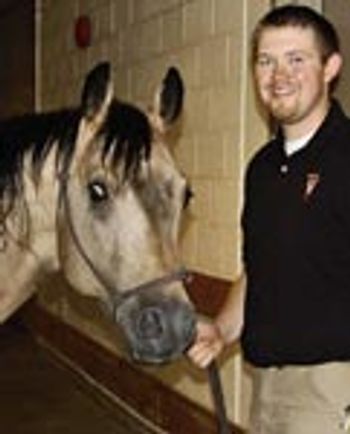
For those pursuing equine practice, the personal passion for their subjects starts long before veterinary school.

Take a little bit of your time to show some newbies the ropes, and you'll make a positive impact on their careers.
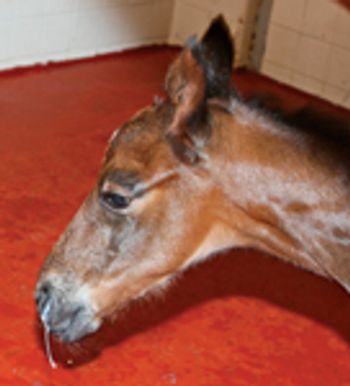
Bacterial pneumonia is a common cause of disease in young foals.
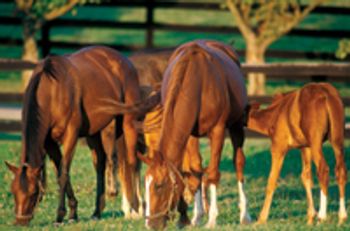
Various nutritional factors have been linked to the initiation and recurrence of the disease process.
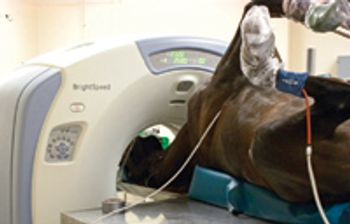
CT scanning has many uses in equine medicine and surgery.

Canine detection is coming of age.

Foaling, like human delivery, should be uneventful. But the process can be fast and violent, and it can present serious health problems to the mare and foal.
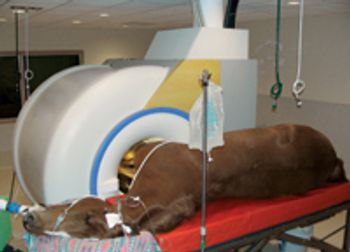
During the last few years, magnetic resonance imaging and computed tomography have made significant improvements in assessing equine tissue damage and diagnosing disease.

This common disease in Thoroughbred racehorses hurts performance.